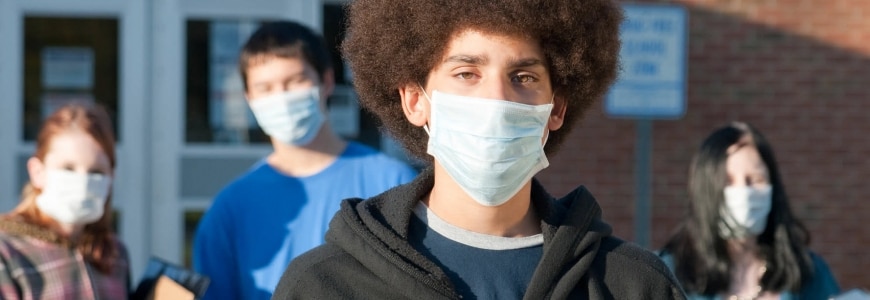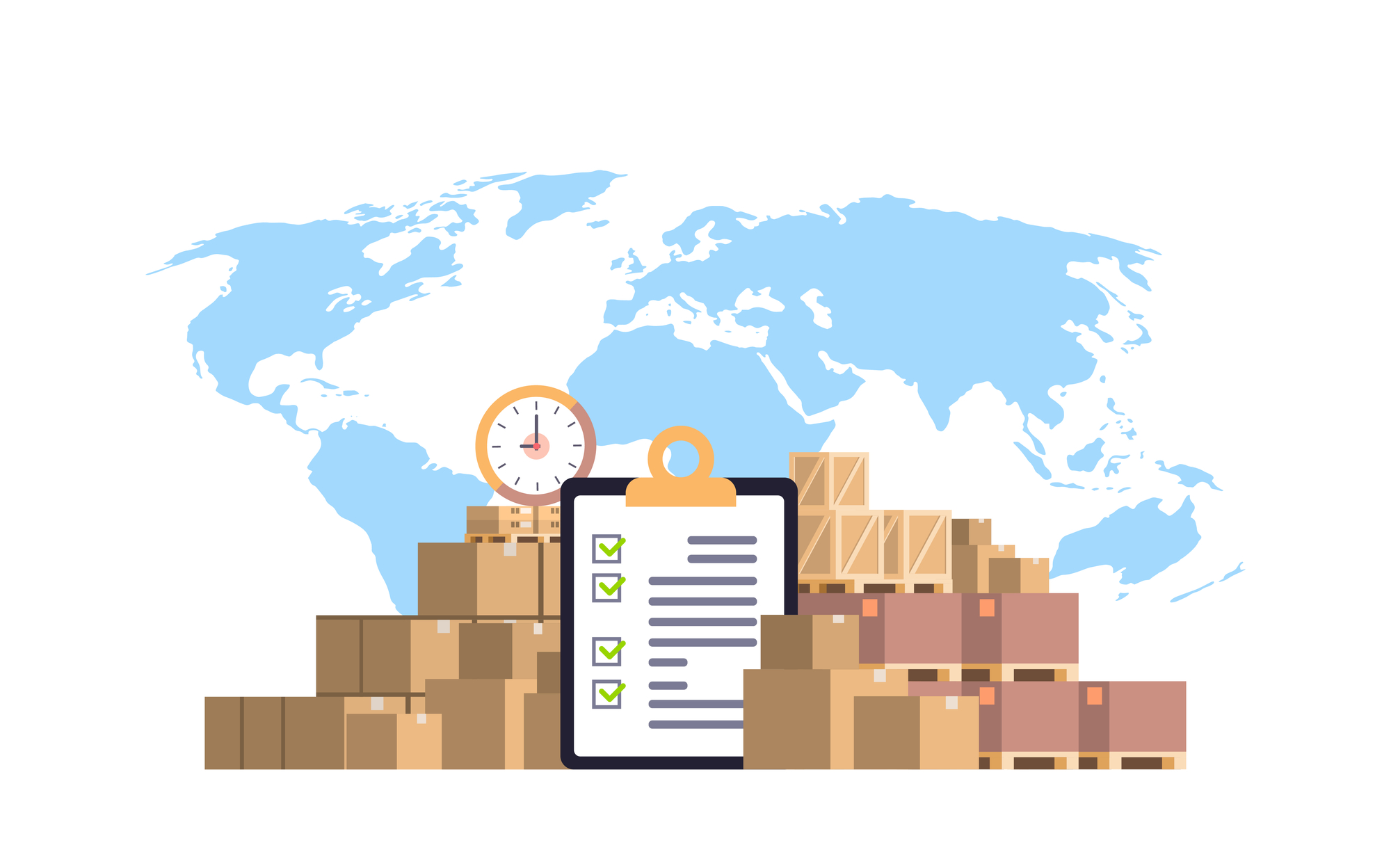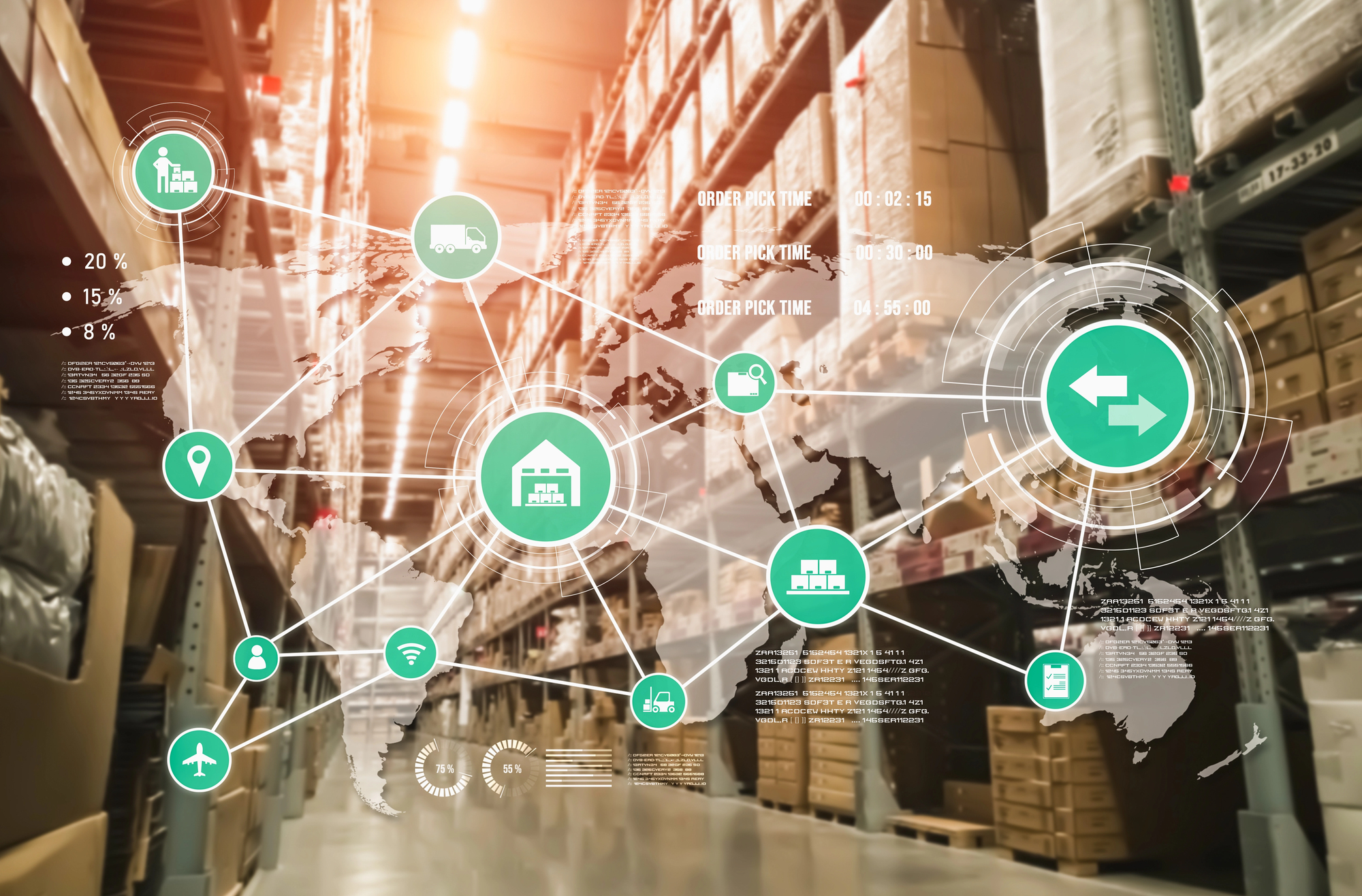Michael Marrinan is the operations manager for SDI’s Brooklyn Warehouse. In this interview with SDI Vice President of Marketing, Debra Yorkman, he discusses how SDI’s procurement and management of the NYC Department of Education’s personal protective equipment supply chain can serve as a model for other large organizations. Michael’s background in industrial engineering and operations gives him unique insight into the logistics and planning required to deal with the unprecedented demand for PPE the COVID-19 pandemic has created.
How does SDI manage the NYC Department of Education’s PPE, and how has that changed because of the pandemic?
Michael Marrinan: We always supplied DoE with gloves and dust masks, cleaning supplies, etc. as part of or normal client services. But their PPE inventory management needs stepped that up 1,000-fold. The biggest change has been the sense of urgency when even the client can’t be sure what they need. It’s a dynamic situation; guidelines keep changing, as the Centers for Disease Control learns more about best practices to mitigate exposure and what the transmission vectors are. They know they need masks; they know they need disinfecting supplies; they know they need protective equipment. And they know they need a lot of it. SDI, with our established relationships in the supply chain, is best positioned to execute on that. The other challenge is the impact on our staff. They are dealing with the same challenges that everyone is – working remotely with kids at home. You can do a lot of work functions at home but receiving shipments of product is not one of them. So, while we are servicing our clients’ needs, we have to iron out these logistical problems that not only affect us directly, but also put pressure on our clients and our suppliers. We’re successfully navigating that, but it is difficult because there are fewer people and less resources available, owing to the pandemic.
How are you managing that?
Michael Marrinan: Our HR department is being very flexible with our staff. Our people can work evenings or weekends if they need to work fewer hours during the day and that makes it easier for them. We are bringing in additional staff from other sites where volume was lower. We’re staggering shifts. Anything our people need to help them get their job done and still manage the family and household disruptions COVID-19 has caused. Very early on we decided it was important to limit our employees’ interactions with hotspots such as public transportation, so we provided Lyft drives to and from work for five months, until the numbers here in New York subsided. We have instituted rigid protocols involving social distancing, mask-wearing, taking the temperature of anyone who enters the building, quarantining if a family member exhibits symptoms or has a confirmed diagnosis, extra cleaning, etc. Meetings are more interesting now because everyone is spread out. You have to talk louder, though that has never been a problem for me! But seriously, we look out for the people who look out for our business and our clients’ businesses. This is the strongest staff I have ever worked with – the people who get it done on the front lines. They don’t wait to be told what to do. They jump in and help each other. People are exhausted. It’s an emotional drain for our folks. We recognize that all the things we’re doing is in support of the people who support our business.
In handling PPE inventory management for the NYC DoE, what processes work particularly well?
Michael Marrinan: We are leveraging the platform we have established and nurtured. We have great relationships within our supply chain. We know who the credible players are, so we’re not trying to go out to a marketplace we have never experienced. We don’t have to create something new. Most normal supply chain material are predictable. But with the surge in demand and dynamic regulatory changes, our clients need larger orders and faster delivery. Suddenly, for what normally would have been a three-year supply now our clients need in two weeks. The demand tapers off as orders arrive. But then an authority issues another guideline, and you get another surge. Our system has built-in controls and is robust enough to handle that unpredictability of demand.
What can clients do to facilitate their PPE supply?
Michael Marrinan: We’re client-centric, so it’s not in our nature to tell a client, “Here’s what you should do to make our lives easier.” It’s our job to make their lives easier. It’s hard to tell someone that more predictability in their demand would allow us to serve them better. That is true, but clients in the COVID-19 era have no way to predict what their needs will be. They could not have prepared for this. Nobody had any idea of something like this. Fortunately, our existing relationships allowed us to be ready, and that’s why clients rely on us. I would tell clients to expect their routine to continue to be disrupted. And that goes way beyond PPE inventory management to include workers needing time off to care for family members or arrange childcare. Ensure your staffing suppliers and HR departments can provide the temporary and contract labor they need. Plan for the possibility that you will need to ramp up staffing very rapidly. That way you won’t be trying to change a tire while the bus is driving down the road. Also be aware the heightened demand will have financial repercussions. A PPE unit that used to cost 20 cents may now cost $1.50. You need to have credit lines in place to handle that financial shock. SDI has done that. Today we routinely buy 1 million masks, 2 million pairs of gloves, a half million social distancing signs, and 600,000 air filters for a school district that typically buys 10,000 a year. These things exist in the marketplace, and we are positioned to procure them, but the laws of supply and demand drive up costs. Prepare for higher costs associated with buying more cleaning and safety suppliers, but also the additional cost per unit. There will be additional labor costs as well. Cleaning an area that used to take a half hour a day now may take five hours to disinfect.
What else do you want people to know?
Michael Marrinan: SDI’s response to the virus has highlighted our differentiation in the marketplace, which is driven by our emphasis on the digital component of what we do. Over the years we have integrated with DoE to the point where the systems work seamlessly allowing the DoE to easily create, process, and track orders in their existing eProcurement systems while allowing transactions to flow through SDI’s inventory management, order tracking, and notifications systems to provide visibility to order status and delivery. When it comes to any aspect or issue having to do with PPE or PPE inventory management, the DoE comes to us, not just to get them the items they need, but to solve their problems. We have been doing it for more than 15 years, and they recognize that we get it done.
Secure Your Companies Future with SDI’s PPE Inventory Management Service
SDI is helping companies navigate through the pandemic and plan for a post-pandemic world by harnessing our established supply chain network to ensure a constant supply of essential PPE with surge demand protection. To learn more, take our PPE Risk Assessment or contact us.



